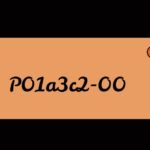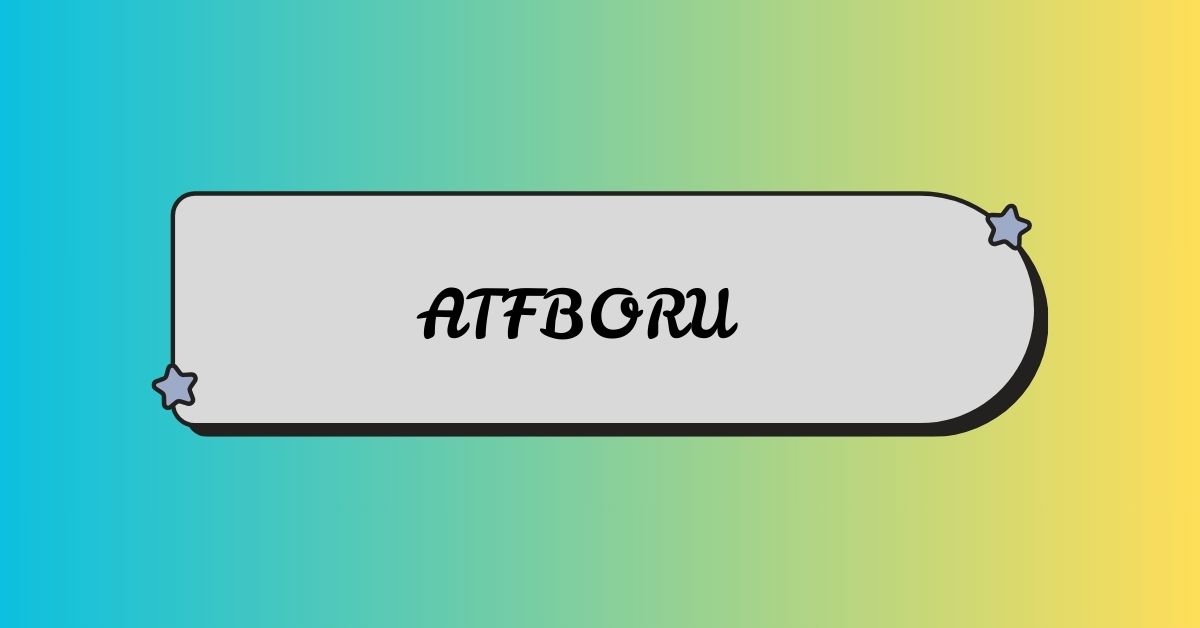The breve is a typographic mark that serves various functions in different contexts. Its use spans across linguistics, typography, and phonetics. This guide explores the breve’s role, history, and applications, providing a comprehensive understanding of this often-overlooked symbol.
What Is a Breve?
A breve is a diacritical mark used in various languages and systems to indicate a specific pronunciation or to modify the pronunciation of a letter. It appears as a small, curved line placed above a vowel or sometimes a consonant.
Appearance: It looks like a small, upward-facing semicircle or curved line placed above a letter. It resembles a small “u” or a “v” shape and is usually centered above the character it modifies.
Purpose: In general, it is used to indicate a short vowel sound, a modification in pronunciation, or a particular phonetic quality. It is essential in distinguishing sounds in languages and phonetic notations.
Historical Background
The breve has a rich history that dates back to early typesetting and linguistic studies.
Origins: The use of diacritical marks, including it, can be traced back to ancient languages and early alphabetic systems. It was adopted in Latin and Greek scripts to aid in pronunciation and distinguish between sounds.
Evolution: Over time, the breve was incorporated into various writing systems and languages. Its use evolved to accommodate the phonetic and orthographic needs of different languages, reflecting changes in linguistic theory and typesetting practices.
Printing and Typography: With the advent of printing, the breve became a standard element in typesetting, particularly for scholarly and linguistic texts. It was used to ensure accurate representation of sounds and pronunciation in printed materials.
The Breve in Linguistics
In linguistics, it is primarily used to denote a short vowel sound or a specific phonetic feature.
Short Vowel Mark: In many languages, including Latin and some modern languages, it is used to indicate that a vowel is pronounced with a shorter duration than its long counterpart. This distinction is important for accurate pronunciation and meaning.
Phonetic Transcription: The breve is also used in the International Phonetic Alphabet (IPA) to represent specific phonetic features. In the IPA, the breve symbol indicates a short vowel or a reduced vowel sound in phonetic transcription.
Examples in Languages: In Romanian, the breve is used in the letter “Ă” to indicate a short, central vowel sound. Similarly, in Turkish, it appears in the letter “İ” to denote a distinct vowel quality.
Typography and the Breve
In typography, the breve is an essential mark for ensuring the correct representation of characters and text.
Typesetting: In traditional typesetting, it was used to ensure accurate representation of linguistic elements in printed materials. It was carefully placed above letters to reflect their correct pronunciation.
Digital Fonts: Modern digital fonts include it to support various languages and linguistic needs. Typography software and font design tools allow for precise placement and styling of the breve to ensure clarity and consistency.
Design Considerations: When designing fonts, typographers must consider the placement and size of the breve to ensure it does not interfere with the readability of the text. The breve must be proportionate to the letter it modifies and visually balanced.
The Breve in Phonetics
Phonetics uses the breve to denote specific sounds and pronunciation features in various languages.
Phonetic Notation: In phonetic transcription systems like the IPA, the breve symbol is used to indicate short vowels or reduced vowel sounds. It helps linguists and language learners accurately represent and understand pronunciation.
Usage in Teaching: Language teachers and phonetics instructors use the breve to teach students about vowel length and pronunciation. By understanding how it modifies vowel sounds, learners can improve their pronunciation and listening skills.
Phonological Studies: Researchers use the breve in phonological studies to analyze and describe vowel systems in different languages. It provides a standardized way to represent vowel length and quality in linguistic research.
Applications in Various Languages
The breve’s usage varies across different languages, reflecting its adaptability and importance in written communication.
Romanian: In Romanian, it appears in the letter “Ă,” representing a central, short vowel sound. It is a standard part of the Romanian alphabet and is used in everyday writing.
Turkish: In Turkish, the breve is used in the letter “İ” to denote a specific vowel quality. This usage is essential for accurate pronunciation and meaning in Turkish.
Other Languages: It also appears in various other languages and linguistic systems. Its presence in these languages highlights its role in representing specific phonetic features and aiding in accurate communication.
How to Type the Breve
Typing the breve symbol depends on the operating system and software you are using. Here are some common methods for typing the breve:
On Windows: You can use character map tools or Unicode shortcuts to type characters with a breve. For example, the Unicode for it is U+0306, which can be combined with a base letter to create the desired symbol.
On macOS: You can use the built-in character viewer to insert the breve symbol. Access it through the “Edit” menu in applications or use keyboard shortcuts for specific characters.
In Word Processing Software: Many word processing programs, such as Microsoft Word or Google Docs, allow you to insert diacritical marks through special characters or symbols menus.
Practical Tips
When using it in writing or typography, consider the following tips to ensure accurate and effective use:
Consistency: Ensure consistency in the placement and styling of the breve throughout your text. This helps maintain clarity and readability.
Context: Use it appropriately based on the language or phonetic system you are working with. Different languages and systems may have specific conventions for using the breve.
Proofreading: Always proofread your text to ensure that the breve is correctly placed and does not interfere with the readability of the characters it modifies.
Conclusion
The breve is a versatile and important typographic mark with significant roles in linguistics, typography, and phonetics. Its use in representing short vowels, phonetic features, and specific linguistic elements highlights its importance in written communication. Understanding the breve’s history, applications, and practical considerations enhances your ability to use this mark effectively, whether you are a writer, typographer, or language enthusiast. By exploring the breve’s various functions and uses, you gain a deeper appreciation for this essential symbol and its role in the world of written language.







